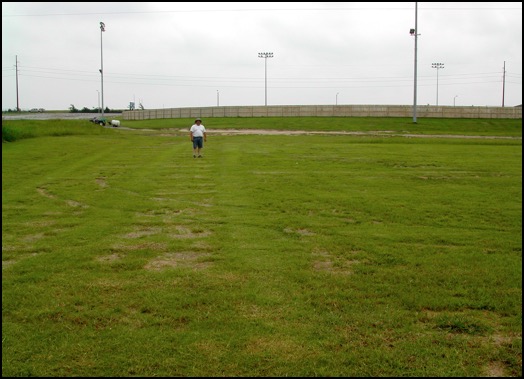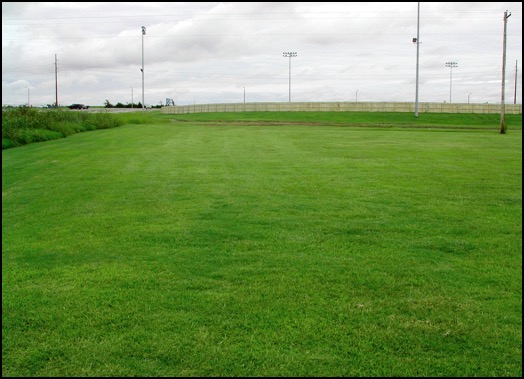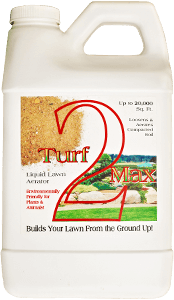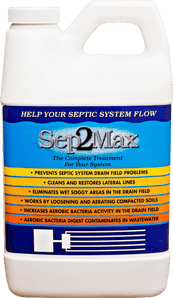Problems Attributed to Clay Soils
Clay soil presents challenging problems if not headaches for gardening enthusiasts. Clay soil is common in some of the most fertile areas, however, it morphs into a rock hard consistency when dry. The microscopic particles compress so tight which impedes soil aeration, water infiltration and percolation. When wet, it becomes a mucky and sticky mess.
Once a clay soil is severely compacted, it presents a tough challenge for gardeners to restore the productivity of the soil. Soils that are hard and compacted impede root growth, which prevents plants from developing a deep root system that is essential for a productive garden.
Soil Structure
There are three groups of soil particles; sand, silt, and clay. It is the proportion of these three groups that determine the structure of a given soil. Typical clay soil gardening methods may involve adding sand, organic matter, and in some cases gypsum in order to improve the clay soil. Sand will increase the average particle size, however mixing it with clay is no easy chore.
Organic Matter
Many gardeners choose to add organic matter such as compost, which is certainly a good option. By mixing organic matter into the tightly bound clay soil particles, it will help hold the particles apart. This practice will need to be repeated each growing season because the soil microbes will consume the organic material.
Soil Replacement
The extreme case involves soil replacement. This method requires physically removing and replacing with better topsoil. Now that is a tough way to address the problem of clay soil gardening.


Gypsum
Some gardeners use gypsum to improve clay soils. The problem is that gypsum is used primarily in high pH soils that typically have poor structure. This works only if the soil has a pH above 8.5 and is sodic, or contains a large amount of sodium.
The core issue is clay soil dispersion. Clay dispersion involves the collapse of water stable aggregates thus increasing soil bulk density.
Aggregate Stability
Aggregate stability refers to the ability of soil aggregates to resist degradation. Raindrops, flowing water, windblown sand grains, vehicle traffic, and trampling can break apart soil aggregates, exposing organic matter to decomposition and loss.
Water stable aggregates are critical to erosion resistance, water availability, and root growth. Soil with stable aggregates at the surface is more resistant to water erosion than other soils, both because soil particles are less likely to be detached and because the rate of water infiltration tends to be higher on well-aggregated soils.
Unstable aggregates disperse during rainstorms, then form a hard physical crust when the soil dries. Physical crusts restrict seedling emergence because they have few pores for root growth. Large, water stable aggregates can resist degradation and removal by wind better than small, weak ones.
USDA Test on Aggregate Stability
A test by the USDA National Soil Tilth Laboratory in Ames, IA showed that Turf2Max promotes the formation of water stable aggregates. The average aggregate size increased by an average of 29%. What does that mean? It means that Turf2Max will help to aggregate larger soil particles and remain that way up to one year.
The benefit for clay soil gardening is reducing the number of labor-intensive chores by applying this liquid aeration product. Adding organic matter such as compost is always a good idea, with or without Turf2Max.

